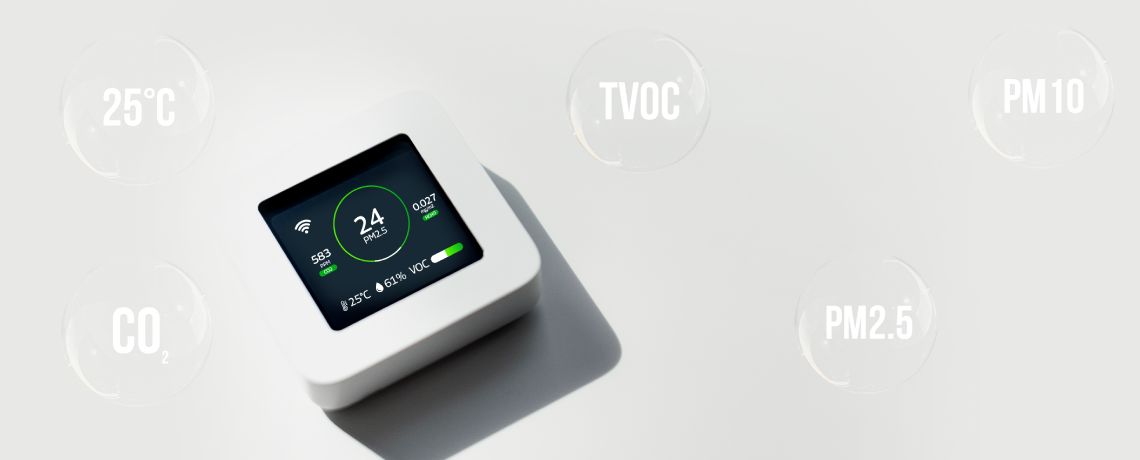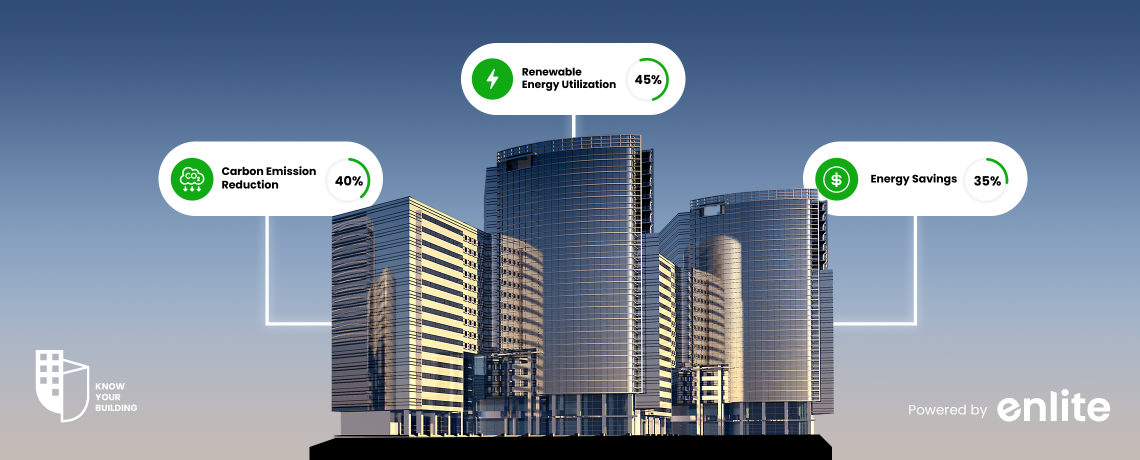Introduction
Indoor air quality (IAQ) has a significant impact on our health, well-being, and overall productivity. With people spending a significant amount of time indoors, it is crucial to ensure that the air we breathe is clean and healthy. Poor IAQ can lead to various health issues, including respiratory problems, allergies, and reduced cognitive function. To address these concerns, proactive monitoring of IAQ has gained prominence, with IAQ sensors playing a pivotal role. By leveraging data-driven decisions, organizations can make informed choices to enhance indoor air quality and create a healthier environment.
Importance of Indoor Air Quality (IAQ)
The importance of IAQ cannot be overstated. Studies have shown that poor IAQ can cause adverse health effects, leading to increased sick leaves and decreased productivity. Respiratory problems such as asthma and allergies can be triggered or exacerbated by poor IAQ, affecting the quality of life for individuals. Furthermore, indoor air pollutants can impact cognitive function, resulting in reduced concentration, impaired decision-making, and lower productivity levels. Ensuring good IAQ is essential for the well-being and comfort of occupants.
The Role of IAQ Sensors
IAQ sensors are intelligent devices that measure various parameters in indoor environments, such as temperature, humidity, particulate matter, volatile organic compounds (VOCs), carbon dioxide (CO2), and more. These sensors provide real-time data on IAQ indicators, allowing stakeholders to monitor and manage air quality effectively. By deploying IAQ sensors strategically, organizations can gather accurate and reliable data, enabling them to make data-driven decisions for IAQ improvement.
Proactive Monitoring: The Key to Improving IAQ
Traditional approaches to IAQ management have primarily been reactive, addressing issues only after they are detected. However, proactive monitoring is a game-changer in IAQ management. By continuously monitoring IAQ parameters through sensors, organizations can identify potential problems early on and take proactive measures to prevent them from escalating. Proactive monitoring involves regular measurement, analysis, and prompt response to IAQ indicators, allowing for timely interventions and ensuring a healthier indoor environment.
Leveraging Data-Driven Decisions
Data-driven decisions are the cornerstone of effective IAQ management. By harnessing the power of IAQ sensor data, organizations can gain valuable insights and make informed choices to improve IAQ. Here are three key aspects of leveraging data-driven decisions for IAQ improvement:
- Real-Time Monitoring and Analysis: IAQ sensors provide real-time data on various parameters. This data can be monitored and analysed continuously to identify immediate changes or deviations from acceptable IAQ levels. Real-time monitoring allows for prompt action, ensuring that IAQ issues are addressed promptly.
- Identifying Patterns and Trends: IAQ sensor data can be analysed over time to identify patterns and trends in air quality. By analysing long-term data, organizations can uncover recurring issues, seasonal variations, or specific triggers affecting IAQ. This understanding enables proactive measures to address these patterns and ensure consistent IAQ improvement.
- Predictive Analytics for IAQ Improvement: Advanced analytics techniques can be applied to IAQ sensor data to develop predictive models. These models can forecast potential IAQ issues based on historical data, weather conditions, occupancy patterns, and other relevant factors. By leveraging predictive analytics, organizations can take preventive actions and implement measures to mitigate IAQ problems before they arise.
Indoor air quality is a critical aspect of our health and well-being, and proactive monitoring using IAQ sensors is crucial for ensuring clean and healthy indoor environments. By leveraging data-driven decisions, organizations can make informed choices, proactively address IAQ issues, and create a healthier and more productive space for occupants. With advancements in IAQ sensor technology and analytics, the future of IAQ management looks promising, paving the way for improved indoor air quality and overall occupant satisfaction.
Benefits of IAQ Sensors for Proactive Monitoring
IAQ sensors play a crucial role in proactive monitoring of indoor air quality. By continuously monitoring IAQ parameters, these sensors offer several benefits that contribute to the overall improvement of indoor environments. Let’s explore the key advantages of IAQ sensors for proactive monitoring:
Early Detection of Air Quality Issues
One of the primary benefits of IAQ sensors is their ability to detect air quality issues early on. IAQ sensors provide real-time data on various parameters such as temperature, humidity, VOCs, CO2 levels, and particulate matter. By monitoring these indicators, IAQ sensors can quickly identify deviations from acceptable levels and alert stakeholders to potential problems. Early detection allows for prompt action and preventive measures, preventing IAQ issues from escalating and ensuring a healthier indoor environment.
Optimal Resource Allocation
Proactive monitoring with IAQ sensors enables organizations to allocate resources optimally. By continuously monitoring IAQ parameters, organizations can gain insights into the patterns and trends of air quality. This data helps in identifying the specific areas or times when IAQ issues are more likely to occur. Armed with this information, organizations can allocate resources strategically, focusing on areas that require immediate attention. This targeted approach saves resources, both in terms of time and costs, by addressing issues precisely where and when they are needed.
Enhanced Occupant Health and Productivity
Good IAQ directly impacts the health and productivity of occupants. IAQ sensors provide real-time data that allows organizations to maintain healthy indoor environments, minimizing the risk of respiratory problems, allergies, and other health issues associated with poor IAQ. By proactively monitoring IAQ, organizations can ensure that occupants are provided with clean and healthy air, promoting their well-being and improving overall productivity. Healthy and comfortable occupants are more likely to perform at their best, leading to enhanced productivity levels and increased satisfaction.
Challenges and Considerations
While IAQ sensors offer numerous benefits for proactive monitoring, certain challenges and considerations need to be addressed for their effective implementation
Sensor Placement and Calibration
Proper sensor placement is crucial for accurate monitoring of IAQ parameters. Sensors should be strategically positioned in areas where air quality may vary significantly, such as near pollutant sources or areas with high occupancy. Additionally, regular sensor calibration is necessary to maintain data accuracy and reliability. Organizations should establish calibration schedules and procedures to ensure that IAQ sensors provide precise measurements.
Interpreting and Acting on Data
Collecting data from IAQ sensors is only the first step. The ability to interpret and act on the data is equally important. Organizations should have a well-defined process in place to analyse sensor data and derive meaningful insights. This includes setting IAQ thresholds, establishing protocols for responding to alarms or alerts, and implementing effective communication channels to inform stakeholders about IAQ issues and remedial actions.
IAQ sensors provide valuable benefits for proactive monitoring of indoor air quality. They enable early detection of air quality issues, allowing for timely interventions and preventive measures. IAQ sensors also contribute to optimal resource allocation and facilitate enhanced occupant health and productivity. However, organizations must address challenges such as data privacy and security, sensor placement, calibration, and the effective interpretation and utilization of sensor data. By leveraging IAQ sensors and addressing these considerations, organizations can create healthier indoor environments, ensuring the well-being and satisfaction of occupants.














